can this veneer be fixed?
scrappy25
13 years ago
Related Stories
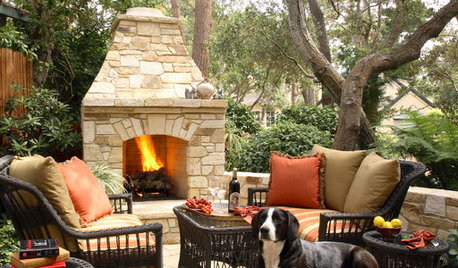
PATIOSSpring Patio Fix-Ups: Install an Outdoor Fireplace or Fire Pit
Make your yard the place to be by adding a fire feature that draws a crowd
Full Story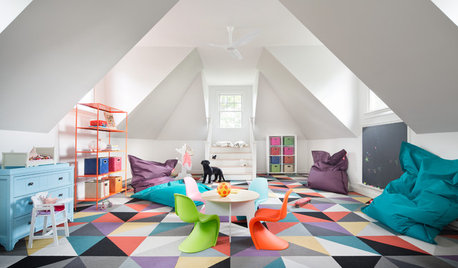
DECORATING GUIDES10 Easy Fixes for That Nearly Perfect House You Want to Buy
Find out the common flaws that shouldn’t be deal-breakers — and a few that should give you pause
Full Story
KITCHEN DESIGNTrending Now: 25 Kitchen Photos Houzzers Can’t Get Enough Of
Use the kitchens that have been added to the most ideabooks in the last few months to inspire your dream project
Full Story
HOUZZ TOURSWe Can Dream: Rural Retirement Home a Haven of Beauty and Tranquillity
A retired couple builds a spacious Japanese-inspired indoor-outdoor sanctuary to enjoy with extended family
Full Story
HOUSEKEEPINGQuick Fix: How to Patch a Drywall Hole
Dents and dings disappear, leaving your walls looking brand new, with this fix that even a novice can do
Full Story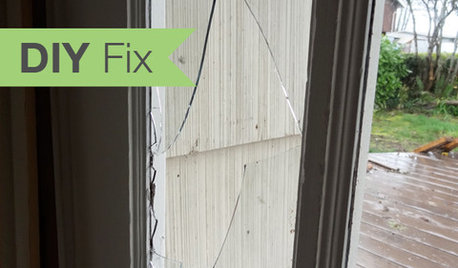
HOUSEKEEPINGDIY Fix: How to Repair a Broken Glass Door Pane
Don't let broken glass shatter your self-esteem. You can fix it more easily and more inexpensively than you might realize
Full Story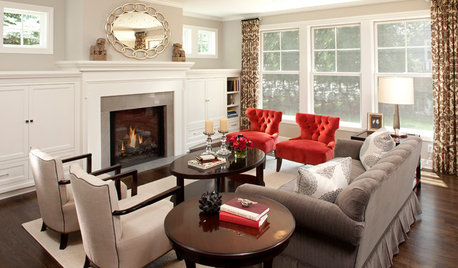
COLORColor Fix: Energize Your Room With a Colorful Club Chair
Less commitment than a sofa but making a major impact, club chairs in vivid hues can work wonders
Full Story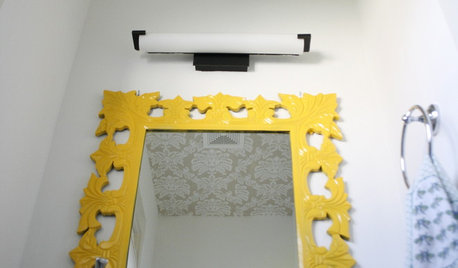
DECORATING GUIDESQuick Fix: Protect Your Mirrors!
See how a common carpet protector can save your mirrors, too
Full Story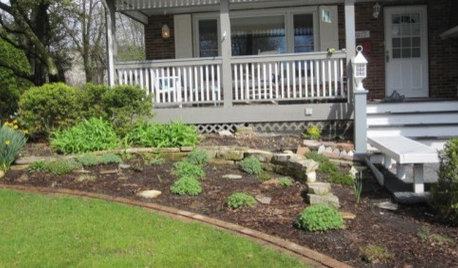
Design Dilemma: How to Fix Up My Front Yard?
4 Questions From the Houzz Community. How Many Can You Answer?
Full Story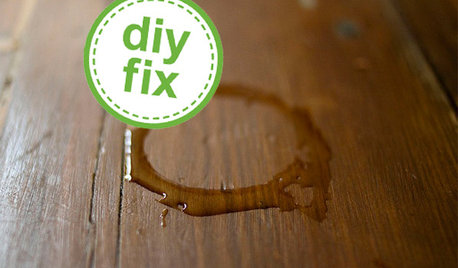
DECORATING GUIDESQuick Fix: Erase Water Rings from Furniture
A few household items can quickly rejuvenate tarnished wood tabletops
Full StoryMore Discussions











sombreuil_mongrel
scrappy25Original Author
Related Professionals
Drexel Hill Cabinets & Cabinetry · Manville Cabinets & Cabinetry · Conyers Carpenters · Enumclaw Carpenters · Westmont Carpenters · Carlsbad Flooring Contractors · Inver Grove Heights Flooring Contractors · La Mesa Flooring Contractors · Lake Nona Flooring Contractors · Lawndale Flooring Contractors · Oregon City Flooring Contractors · Summerville Flooring Contractors · Detroit Furniture & Accessories · Glenview Furniture & Accessories · Urbandale Furniture & AccessoriesJon1270
Jon1270
brickeyee
User
scrappy25Original Author